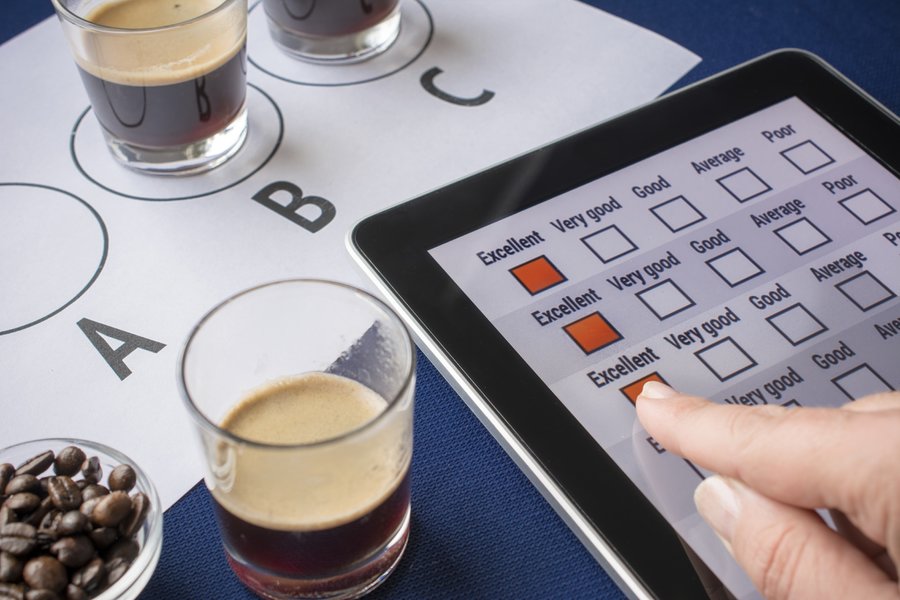ISO 11035 Multidimensional Scaling in Sensory Analysis
The ISO 11035 standard provides a comprehensive framework for sensory analysis, particularly focusing on the use of multidimensional scaling (MDS) to analyze and quantify perceptual differences among products. This method helps food and feed manufacturers better understand consumer preferences by identifying key attributes that contribute to overall product quality.
At its core, MDS involves creating a two-dimensional representation where each sample is placed in such a way that the distances between samples reflect their perceived similarities or dissimilarities based on sensory data. This approach allows for a more nuanced understanding of how consumers perceive different aspects of food and feed products.
For example, when testing flavors across various beverages, MDS can help identify which attributes (sweetness, acidity, bitterness) are most influential in distinguishing between brands or product variations. By applying this technique, companies can refine their formulations to better meet consumer expectations.
The process typically begins with a panel of trained sensory evaluators who rate samples on multiple dimensions using standardized criteria. These ratings form the basis for constructing an MDS plot, which visually represents how closely related each sample is perceived by consumers.
Once the MDS plot has been established, it serves as a valuable tool for several applications within the food and feed industry:
- Product development: Identifying gaps in current offerings or opportunities to innovate based on unmet consumer needs.
- Packaging design: Understanding how different packaging types affect perceived quality of the product inside.
- Market positioning: Determining where your products stand relative to competitors in terms of taste profiles and overall acceptability.
Industry Applications
| Application Area | Description |
|---|---|
| Product Development | Identifying new flavors and textures that resonate well with target audiences. |
| Packaging Evaluation | Evaluating how different packaging materials influence consumer perception of product quality. |
| Product Positioning | Determining the unique selling points of a product compared to competitors. |
| Sensory Attribute | Description |
|---|---|
| Taste Intensity | The perceived strength or weakness of a particular taste. |
| Bitterness Level | Measurements related to the degree of bitterness in food items. |
| Sweetness Perception | The extent to which sweetness is perceived by panelists during testing. |
Why Choose This Test
- Provides deep insights into consumer preferences and tastes.
- Facilitates innovation by highlighting areas where improvements can be made.
- Supports strategic decision-making through accurate representation of product attributes.
- Promotes consistency across batches or production runs by ensuring that sensory characteristics remain stable over time.
Competitive Advantage and Market Impact
Implementing ISO 11035 multidimensional scaling in your sensory analysis program offers significant competitive advantages. By gaining a deeper understanding of what makes your products stand out or fall short, you can proactively address issues before they impact market performance.
This approach not only enhances product quality but also strengthens brand loyalty by consistently delivering on consumer expectations. Additionally, the ability to quantify sensory differences allows for more precise marketing strategies that appeal directly to consumer preferences.





